Each tool has its limitations — AI is no different. In this article I will try to describe frequent limitations of AI that I have…
A ringing odyssey.

Do you remember that episode of “The Simpsons” where the alarm clock on Homer’s nightstand goes off, and he presses the snooze button, saying “Snooze, need more snooze!” ?
Today, this action is considered commonplace, almost automatic for many of us, but have we ever thought about how it revolutionized our waking-up routines?
It was 1956 when General Electric-Telechron released the so-called Snooz-Alarm. This alarm came equipped with a control bar for snoozing, which provided nine extra minutes of sleep (which apparently was the most practical time limit and cost-effective implementation given the mechanical constraints of the clock).
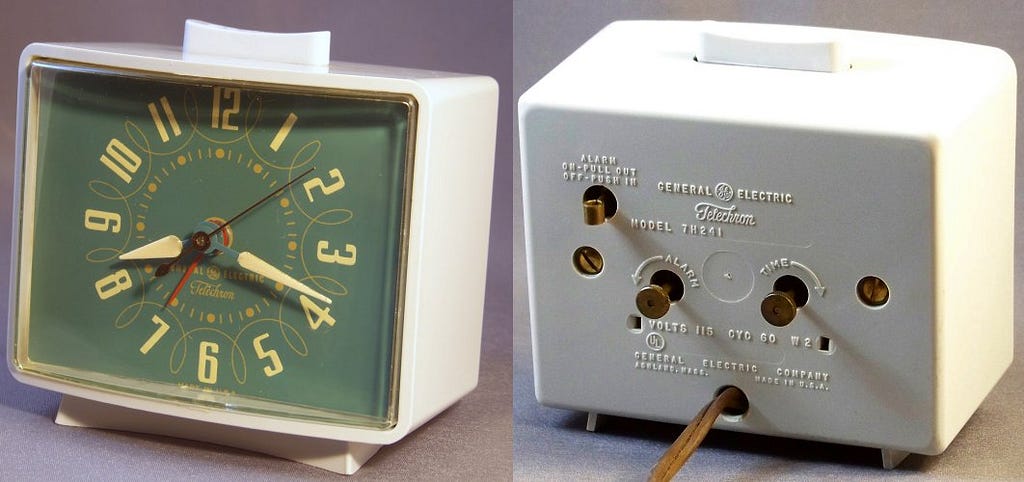
But why snooze?
The reason why we can benefit from this feature today can be found in the historical period during which it was implemented.
The 1950s and ’60s indeed marked a period of great economic growth and technological development for humanity, in fact, industries started massive productions and people had to work harder.
So, it seems like the snooze mode was introduced because people were more tired, and since they needed more sleep, but couldn’t, an indulgent and supportive way to wake them up had to be found to get them ready for work.

And from that moment on, the snooze mode has accompanied most city dwellers who wake up every morning to start their busy lives.
The design of alarm clocks has changed a lot over the years, and perhaps many of us will remember some iconic examples that integrated the snooze mode, such as the Braun Classic Analogue Travel Alarm Clock with Snooze and Light, produced in the late ’80s.
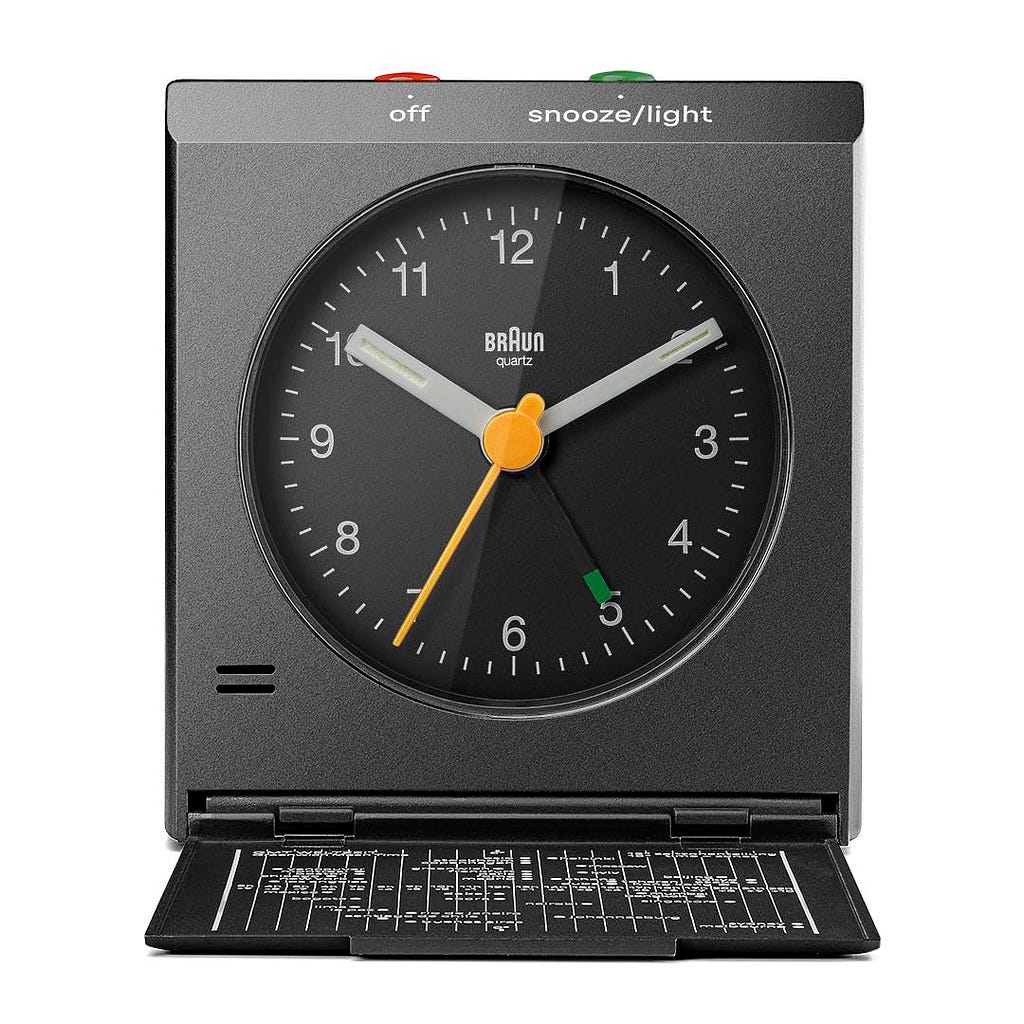
This alarm featured a button that was not only dedicated to snooze but also to turning on a light to help people wake up in a more natural way.
(A feature that, several years later, would be refined in alarms like the Philips Wake-up Light that turns on mimicking the light of dawn.)

And then clock radios appeared. (My childhood is marked by the sound of the radio turning on in the morning on my mother’s nightstand).
Perhaps, some people will remember the Emerson SmartSet Dual Alarm Clock Radio with AM/FM Radio that was released in the late ‘90s.
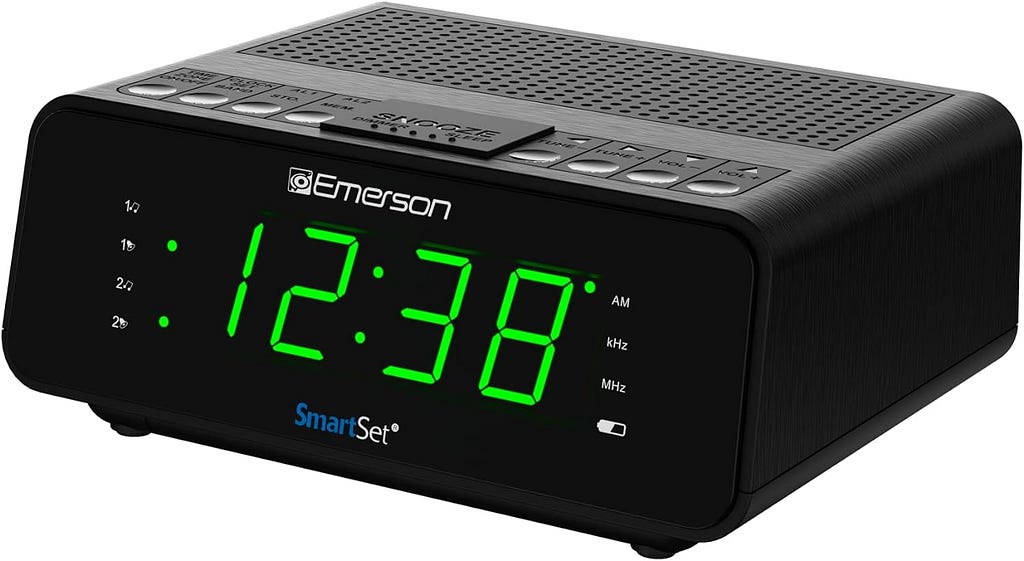
What’s fascinating about clock radios is that they not only incorporated the snooze mode but also symbolized the rise of home entertainment during that period, marking a significant shift in our perception of time.
We didn’t just want to monitor time; we also wanted to, somehow, decorate it.
Alarm clocks and their features have always reflected the changes and evolutions in human beings’ experience of time.
An experience that today is defined by another device: our smartphone; an object that not only encapsulates our life but also confidently rings on most of our nightstands.
So, I decided to delve deeply into this topic, asking myself questions like:
- What features do designers add today to an alarm clock?⃣
- How does the historical context we live in manifest in the evolution of these features?
- What’s next for alarm clocks?
And so, I've decided to search for the answers in the latest products that have been developed.
One of the first that caught my eye is YouUp, a social alarm clock.

The creators Declan Gessel, Derrick Cai, and Sumana Srinivas define it on Product Hunt as:
“A social alarm clock app that replaces your alarm sound with personalized, surprise messages from friends and family. We make waking up a more enjoyable experience, connecting you with valuable people in your life and empowering you to win the day.”
These people had the insight to add the social aspect to a product seemingly far from that type of feature.
In fact, to the “What was the inspiration for YouUp?” question, they answered:
“We believe that everyone deserves to start their morning off on the right foot with someone who cares about them the most. […]”
And indeed, we can customize our alarms as much as we want with all sorts of sounds, but the possibility of being woken up every morning by a video message of someone dear to us is definitely an achievement of the digital era we live in.
…And even more so is the possibility of being woken up by the voice of our favorite celebrity.
In 2023, after creating YouUp, Declan Gessel and Derrick Cai released Arlo, an AI alarm app that wakes people up with ultra-realistic voices of celebrities and movie characters.
https://medium.com/media/09893088af8c89afb4633dc24feb1705/href
On one hand, YouUp raised thoughts on our modern anxiety to always be connected with people while almost reassuringly answering the question “Are you there for me?”.
And on the other hand, Arlo introduced us to new reflections on the state of the relationship between humans and technology while prompting us to ask: “Are you here for me?”.
Another app that has caught my attention is Next Up, an iOS podcast alarm clock.
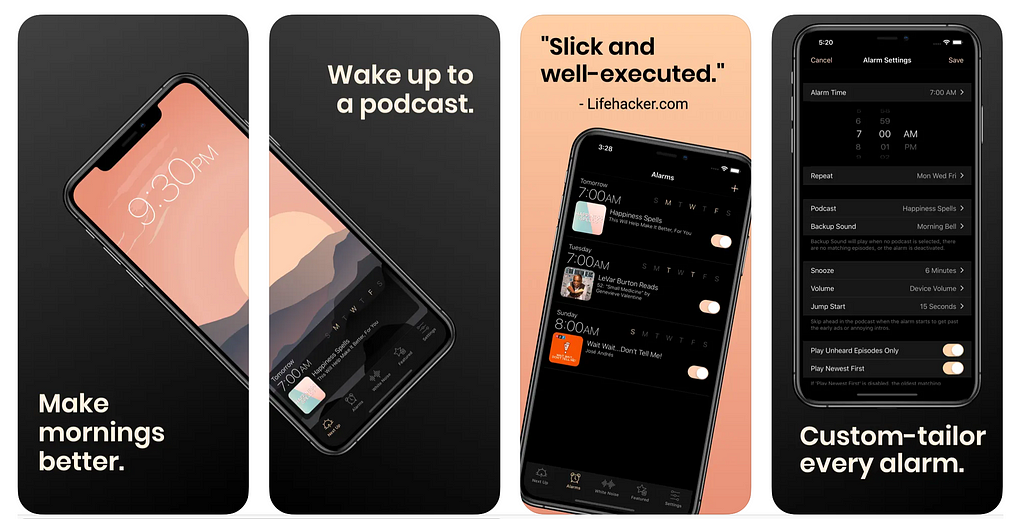
The creator Landon Mitchell defines it as:
The first full-featured podcast alarm clock for iOS. Next Up lets you wake up to your favorite podcasts instead of grating alarm sounds or music you’ll soon grow to hate. […]
I was attracted by this product because prior to be a product designer, I’ve also been a podcast producer, and so I’ve had the opportunity to witness the enormous boom this media experienced since 2020.
So, my questions in this context were:
- How do we go from radio alarm clocks to Next Up?
- What has changed in the human consumption of entertainment?
The answer, perhaps, can be found in our controversial need to always be, somehow, productive.
Despite what one may say about the different listening experiences of podcasts, and how they can distractedly accompany us in many of our daily routines, I think it’s important to emphasize their nature: that of an audio product that delves into one or several topics, which is why the choice to listen to them is mostly conscious and often aimed at a specific purpose.
In this context, waking up means engaging in a cognitive action of a certain level, and possibly to put ourselves in a condition to activate some of our brain areas and synapses to assimilate information.
But that’s not all.
Podcasts have also revolutionized the concept of content creation by showing us how everyone can potentially produce one.
This has empowered individuals from diverse backgrounds to share their unique perspectives, stories, and expertise while democratizing the access to broadcasting techniques.
So, waking up to a podcast in the morning also celebrates our active participation in a media culture that intimately connects us to topics, events, and personalities.
So far, alarm clocks have spoken about a hardworking, connected, and productive humanity.
But what else can they speak about?
To answer this question, I’d like to briefly talk about the Eight Sleep technologies.
https://medium.com/media/339d7b9f4e2b369bcb9ec899c27ed730/href
For those of you who might not know, Eight Sleep is a sleep system that offers:
- A mattress with a personalized heating and cooling system (divided per sections of the bed)
- A proprietary app that provides insights into sleeping habits (such as a track of the sleep stages, heart rate, heart rate variability and breath rate)
- A feature with guided meditations, white noise, and morning/evening stretching routines
- A snoring detector (with a consequent raising of the upper section of the mattress to assist you in stopping)
…And finally, a wake-up function that gradually adjusts the mattress temperature and/or vibration to gently wake you up.
The alarm clock, in this context, seems to speak about humanity in a phase of technological assimilation.
Lastly, analyzing the visuals of this product brought me back to the final scene of 2001: A Space Odyssey by Stanley Kubrick, where David Bowman finds himself in the bed in the mysterious room.
In the closing scene of the movie, as in today’s real life, it seems like we’re stepping into a new, unprecedented and revolutionary phase of evolution.
…And yes, alarm clocks are part of it.

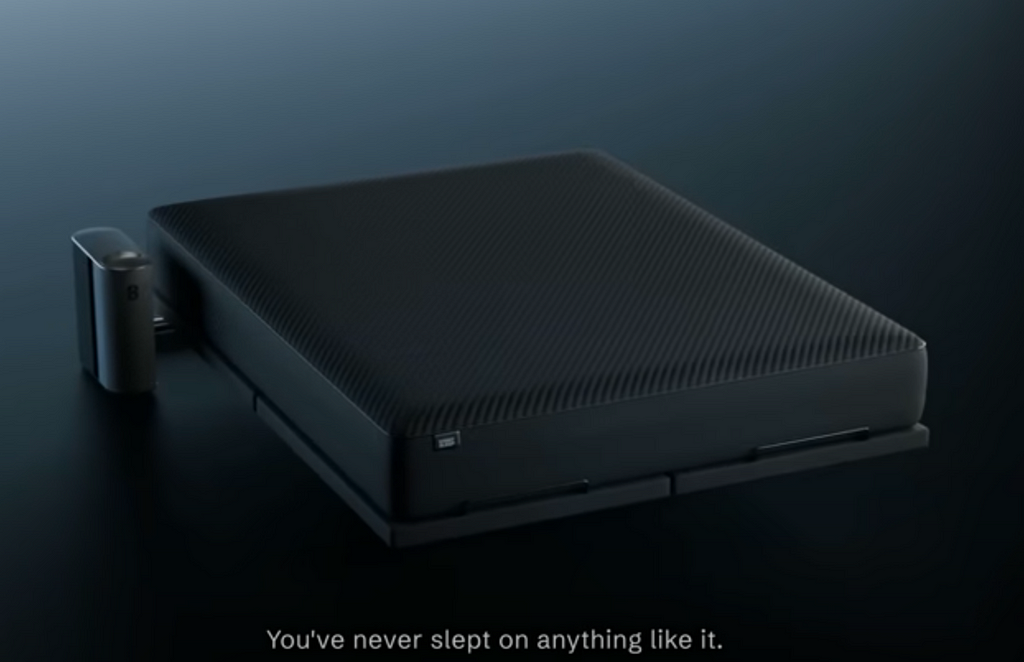
Why alarm clock design speaks about humanity was originally published in UX Collective on Medium, where people are continuing the conversation by highlighting and responding to this story.
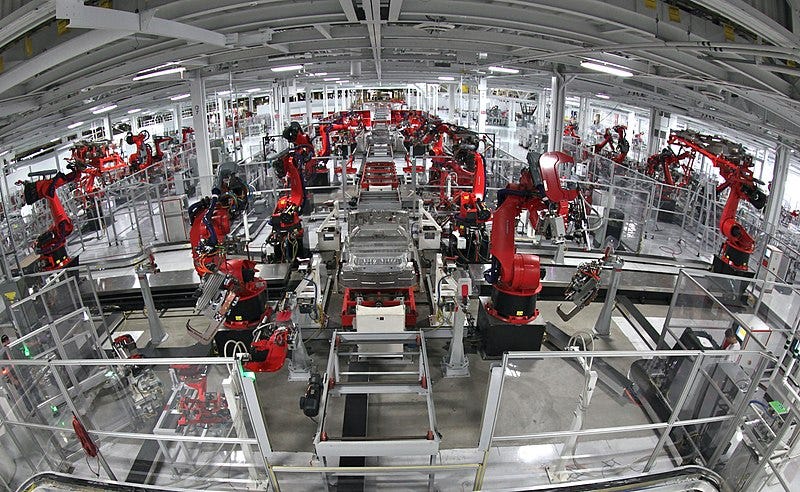

Leave a Reply